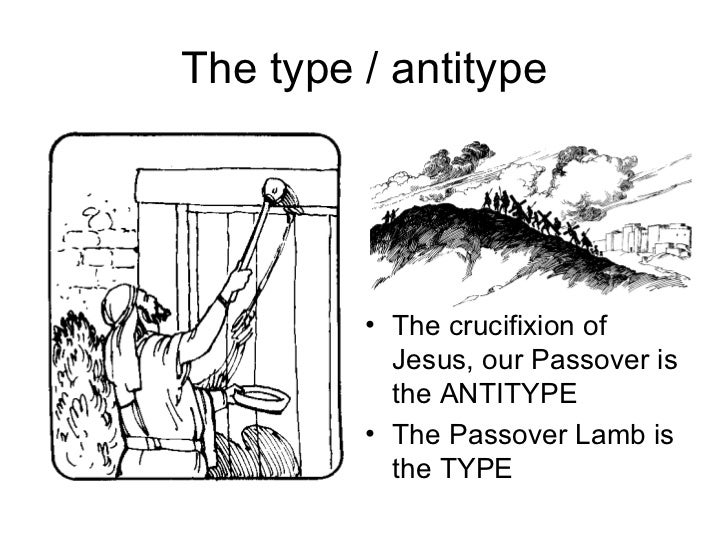
- #Antetype defintion update#
- #Antetype defintion trial#
- #Antetype defintion series#
- #Antetype defintion free#
#Antetype defintion series#
Other words that entered English at around the same time include: displacement, gothic, ideal, package, series ante-is a prefix meaning “before,” used in the formation of compound words.

1605–15 ante-+ type This word is first recorded in the period 1605–15.Enable the 'Develop'-Menu in the preferences to use scripting. Some scripts usable in Antetype.Scripts are written in F-Script.Available starting with version 1.7.
#Antetype defintion free#
More than 250,000 words that aren't in our free dictionary.
#Antetype defintion trial#
Start your free trial today and get unlimited access to America's largest dictionary, with. You must - there are over 200,000 words in our free online dictionary, but you are looking for one that’s only in the Merriam-Webster Unabridged Dictionary. Not all things in the Old Testament can be construed as a type, but the Bible does reveal that many elements in the Old Testament were meant as a prophetic foreshadowing of the antitypes to come.Antetype definition is - an earlier type. The sacrificial lamb foreshadowed Jesus’ sacrifice, bondage in Egypt mirrored bondage to sin, and the flood of Noah is used by Peter as a metaphor for the waters of baptism (1 Peter 3:20–21). Types and antitypes can be people, events, ceremonies, objects, positions (e.g., the priestly office), or even places. Jesus is again the antitype of something in the Old Testament. Jonah’s time in the belly of the fish was a type of Jesus’ time in the tomb. Often, New Testament writers point out these correlations with language we typically translate into English as “just as” paired with “so.” For example, “For just as Jonah was three days and three nights in the belly of the great fish, so will the Son of Man be three days and three nights in the heart of the earth” (Matthew 12:40). One can find dozens of types and antitypes in the Scriptures.

In this way, one might think of the types in the Old Testament as shadows cast by their antitypes in the New Testament-sometimes distorted in scope and shape, but an indication of something to come. Sometimes in the Bible, types are referred to as “shadows” of antitypes (Hebrews 10:1).

“And as Moses lifted up the serpent in the wilderness, so must the Son of Man be lifted up, that whoever believes in him may have eternal life” (John 3:14–15). This parallels and foreshadows the cross. And if a serpent bit anyone, he would look at the bronze serpent and live” (Numbers 21:8–9). “And the Lord said to Moses, ‘Make a fiery serpent and set it on a pole, and everyone who is bitten, when he sees it, shall live.’ So Moses made a bronze serpent and set it on a pole. But upon the prayers of Moses, the Lord provided salvation. When the Israelites spoke against God in the desert, He sent venomous snakes among them, and many were bitten and died. The first Adam is the type fulfilled by the second Adam, Jesus.Īnother example of type and antitype is the bronze serpent in the wilderness and the cross. Just as death from sin entered the world through one man, Adam, and thus cursed all of humanity, life entered the world through one man, Jesus, and became available to all who would believe. Here, Christ is the antitype, and Adam is the type. “For as in Adam all die, so also in Christ shall all be made alive” (1 Corinthians 15:22). One example of type and antitype in the Bible is seen in the theme of the two Adams.
#Antetype defintion update#
(See Update Name for a way to change the name in the widget). This script overwrites the names of the instances with the names stored in the widget. But you are free to change them as you like in the instance. If you create a new instance of a widget the widget-cell-names are used. One might say that types have the stamp of the antitype. In Antetype cells have names and widget cells too. Tupos originally referred to the mark of a blow, like a stamp, and by extension was used to refer to a copy or image, a pattern, or, in many cases, a type. Our terms type and antitype in this situation largely stem from the word tupos in the Greek New Testament. An antitype in the New Testament is foreshadowed by a type, its counterpart in the Old Testament.

In the Bible, an antitype is a fulfillment or completion of an earlier truth revealed in the Bible.


 0 kommentar(er)
0 kommentar(er)
